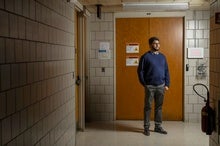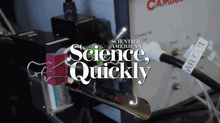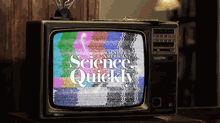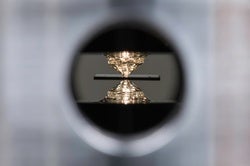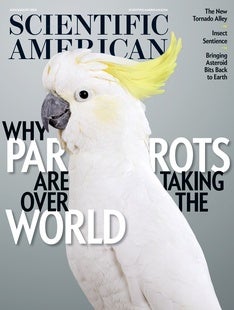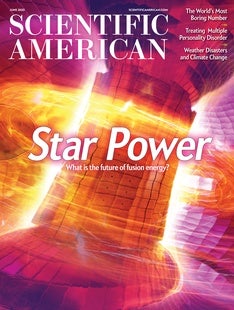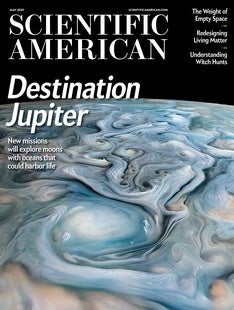 |
| August 01, 2023 |
Superconductors that work under real-world conditions—without requiring freezing temperatures or sky-high pressures—could lead to revolutionary applications. These materials might enable power grids that carry electricity perfectly without ever losing energy, levitating trains, next-generation fusion reactors and portable MRI scanners, among other technology. A new pair of papers dangles the possibility that a material called LK-99 could be superconducting in room conditions. But they have not yet been peer reviewed, and many scientists remain skeptical. And this field of research has a long history of apparent breakthroughs that, upon further scrutiny, fail to pan out. |
| | Sophie Bushwick, Associate Editor, Technology
| |
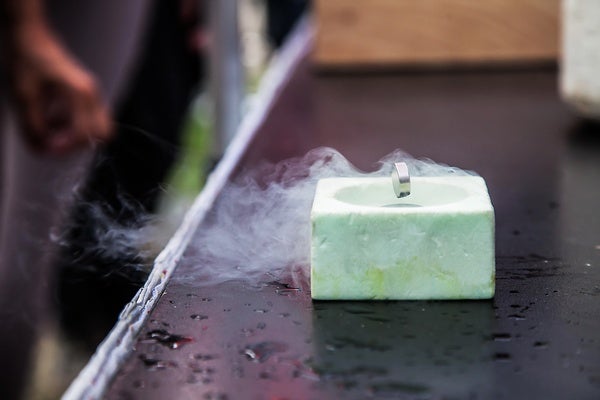 |
| |
| |
| |
| |
| |
| |
| Artificial Intelligence Oppenheimer Offers Us a Fresh Warning of AI's Danger The U.S. ignored Oppenheimer's warnings about nuclear weapons and rushed to build and deploy a dangerous technology. We must not make the same mistake with AI | | By Senator Edward J. Markey | | | |
| Artificial Intelligence Here's Why Actors Are So Worried about AI Here's what's behind the A.I technology that has worried so many actors—including something called "the orb." |  | By Tulika Bose,Sophie Bushwick | 09:14 | | | |
| |
| |
| QUOTE OF THE DAY
 "This cute canine behavior is familiar to dog owners, but no one really knows why human's best friend does it--and scientists have published just one study focusing on possible reasons for head tilting in dogs. That research suggests the animals might cock their furry noggins when processing familiar words." Stephanie Pappas, Scientific American | |
FROM THE ARCHIVE
 | | | |
LATEST ISSUES
 |
| |
| Questions? Comments?  | |
| Download the Scientific American App |
| |
| |




